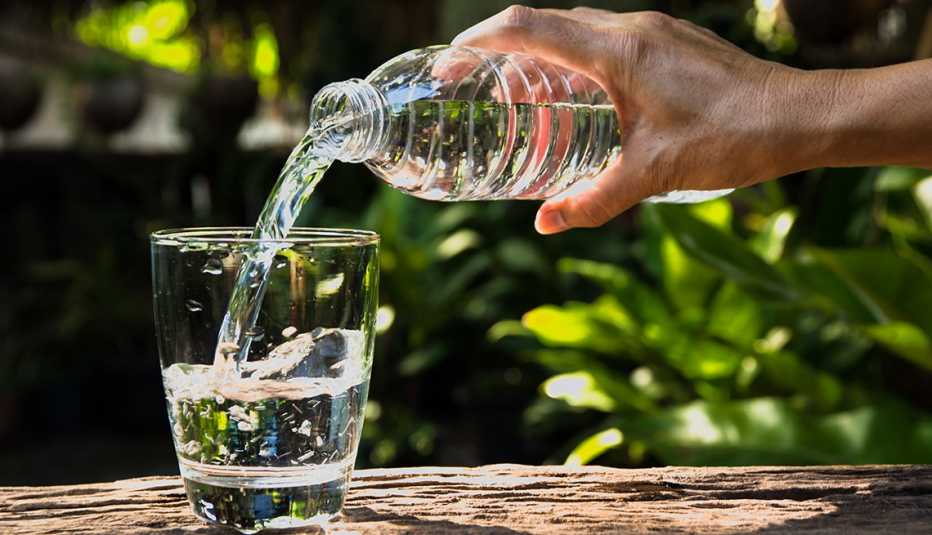
In India, where water scarcity and unreliable supply can be significant challenges, ensuring a reliable source of clean water for long-term use is crucial. Proper water storage not only addresses these issues but also prepares households for emergencies such as natural disasters or infrastructure failures. Here are some best practices for safely storing water for extended periods:
Selecting the appropriate container is fundamental for effective water storage. For long-term use, opt for food-grade, BPA-free plastic containers or stainless steel tanks. These materials are less likely to leach harmful chemicals into the water. Stainless steel tanks, while more expensive, offer superior durability and hygiene. Ensure that containers are sealed tightly to prevent contamination.
Before filling any storage container, it is crucial to clean and sanitize it thoroughly. Use a solution of water and mild detergent to scrub the interior, followed by a rinse with clean water. For additional sanitization, use a solution of one tablespoon of unscented bleach per gallon of water, swishing it around the container, and then rinsing it thoroughly. This step helps eliminate any bacteria or residues that could compromise water quality.
Exposure to light and heat can encourage the growth of algae and bacteria in stored water. To prevent this, store water containers in a cool, dark place away from direct sunlight. Ideally, water should be kept at a consistent, moderate temperature to maintain its quality over time.
In some cases, adding water preservatives can extend the shelf life of stored water. Food-grade hydrogen peroxide or commercial water stabilizers can be used according to the manufacturer’s instructions. However, it’s essential to follow safety guidelines and use preservatives sparingly to avoid altering the water’s taste or quality.
To ensure that the water remains fresh and safe for consumption, practice a rotational system. Use the oldest stored water first and replace it with fresh water. A good rule of thumb is to rotate stored water every six months. This practice helps prevent stagnation and maintains the water’s usability.

Regularly inspect stored water for any signs of contamination, such as unusual odors, colors, or particles. If the water appears to be compromised, it should be discarded and replaced with fresh water. In emergency situations, always boil or treat questionable water before use to ensure safety.
Proper sealing of water containers is essential to prevent contamination from external sources. Ensure that lids are tightly fitted and that there are no leaks or gaps. This practice helps keep out dust, insects, and other contaminants that could spoil the water.
For added safety, consider using water filtration systems or purifiers in conjunction with storage. Filters can remove potential contaminants and improve water quality. Invest in high-quality filters and maintain them according to the manufacturer’s instructions to ensure effective performance.
In areas prone to natural disasters or other emergencies, it is wise to have an emergency water supply. Store at least one gallon of water per person per day for a minimum of three days. Keep this water in accessible, well-marked containers, and periodically review your emergency supply to ensure it remains usable.
Finally, educate all household members about proper water storage practices. Awareness of how to handle, use, and rotate stored water can prevent misuse and ensure that everyone in the household benefits from safe and reliable water supply.
Storing water effectively for long-term use in India involves careful planning and adherence to best practices. By selecting appropriate containers, maintaining cleanliness, and implementing regular checks and rotations, households can ensure a steady supply of safe water, even in times of need. These practices not only prepare individuals for emergencies but also contribute to overall water conservation and safety.